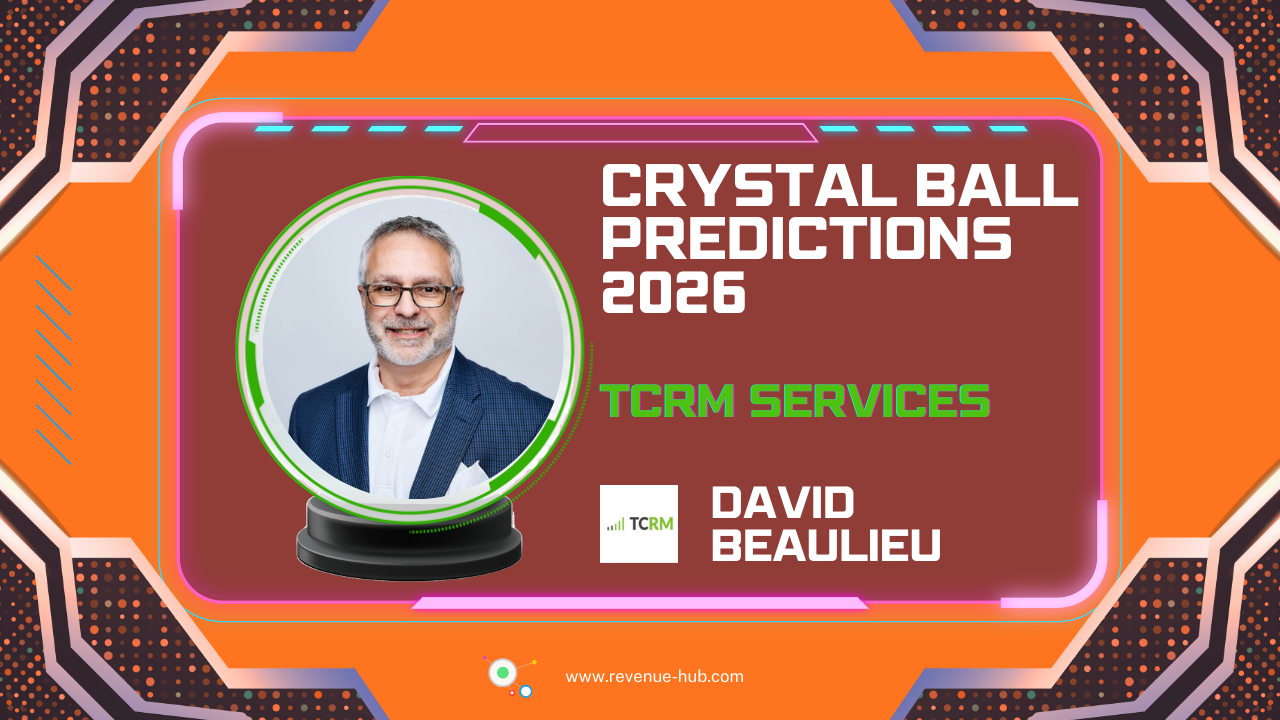Hotel data isn’t the problem, it’s the volume, complexity, and lack of integration that are dragging your team down.
NB: This is an article from Juyo Analytics, one of our Expert Partners
Subscribe to our weekly newsletter and stay up to date
You’re probably swimming in numbers from your property management system (PMS), revenue management system (RMS), point of sale (POS), rateshopping tools, accounting systems, sustainability platforms, benchmarking tools, and spreadsheets.
Each tool holds valuable insights. But when none of these systems show the full picture, you’re left with one thing: data overload. The result? Decision paralysis, fragmented insights, and missed opportunities.
The good news? You can change that.
Here’s how to make your hotel data work for you and turn it into fast and profitable business decisions through better hotel data analytics.
Establish a central source of truth
Relying on local exports, custom reports, and endless dashboards across departments is a recipe for inconsistency.
Picture this: marketing tracks campaign ROI in a spreadsheet. Revenue checks RevPAR in the RMS. The GM has a separate report from the PMS. Finance uses its own set of numbers. Who’s right?
What’s needed is a unique and centralized source of truth: one place where all your commercial, operational, and guest data comes together.
A place where everyone works off the same foundation.
Without it, you’re stuck comparing apples to oranges.
With it, you’re able to make fast and informed decisions with confidence.
Structure your dashboards with purpose
A dashboard isn’t just a place to see the numbers, it’s your storytelling tool for data. The difference between dashboards that guide and those that confuse often lies in their structure.
Instead of displaying everything, structure your hotel data dashboards by business questions and stakeholder roles. Group KPIs in a way that reveals trends, not just metrics.
For example:
- A revenue dashboard showing channel mix, pickup, pace, and price positioning.
- An operations dashboard showing forecast vs. actual occupancy and labor cost per room.
- A sales dashboard with corporate production trends, as a whole and per account.
- A finance dashboard tracking GOP, operating expenses, and profitability per segment.
- An M&E performance dashboard showing meeting and events conversion event revenue per sqm, F&B spend per attendee, and meeting room occupancy.
That way, each of your teams will know exactly where to look and what action to take. Long dashboards lead to confusion, specific dashboards lead to clarity and focus.





